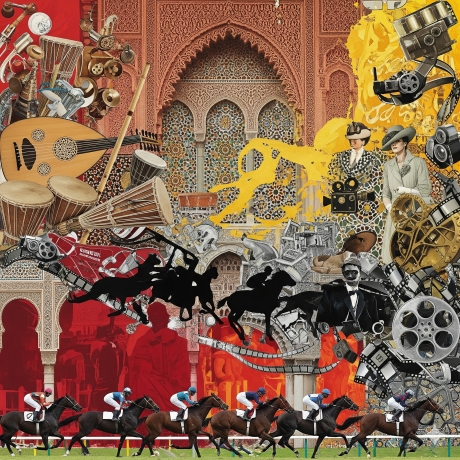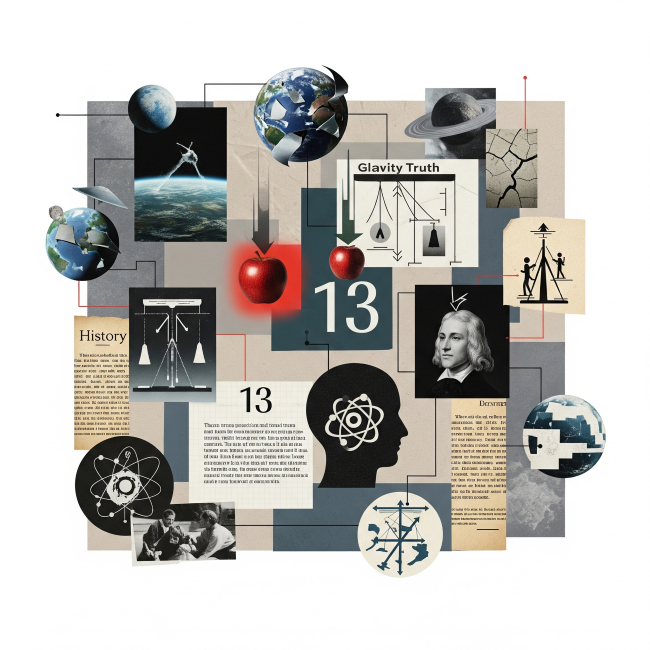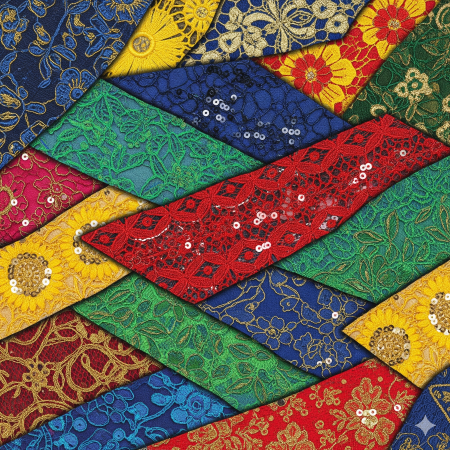The Architecture of Becoming: How a Human Forms in the Womb
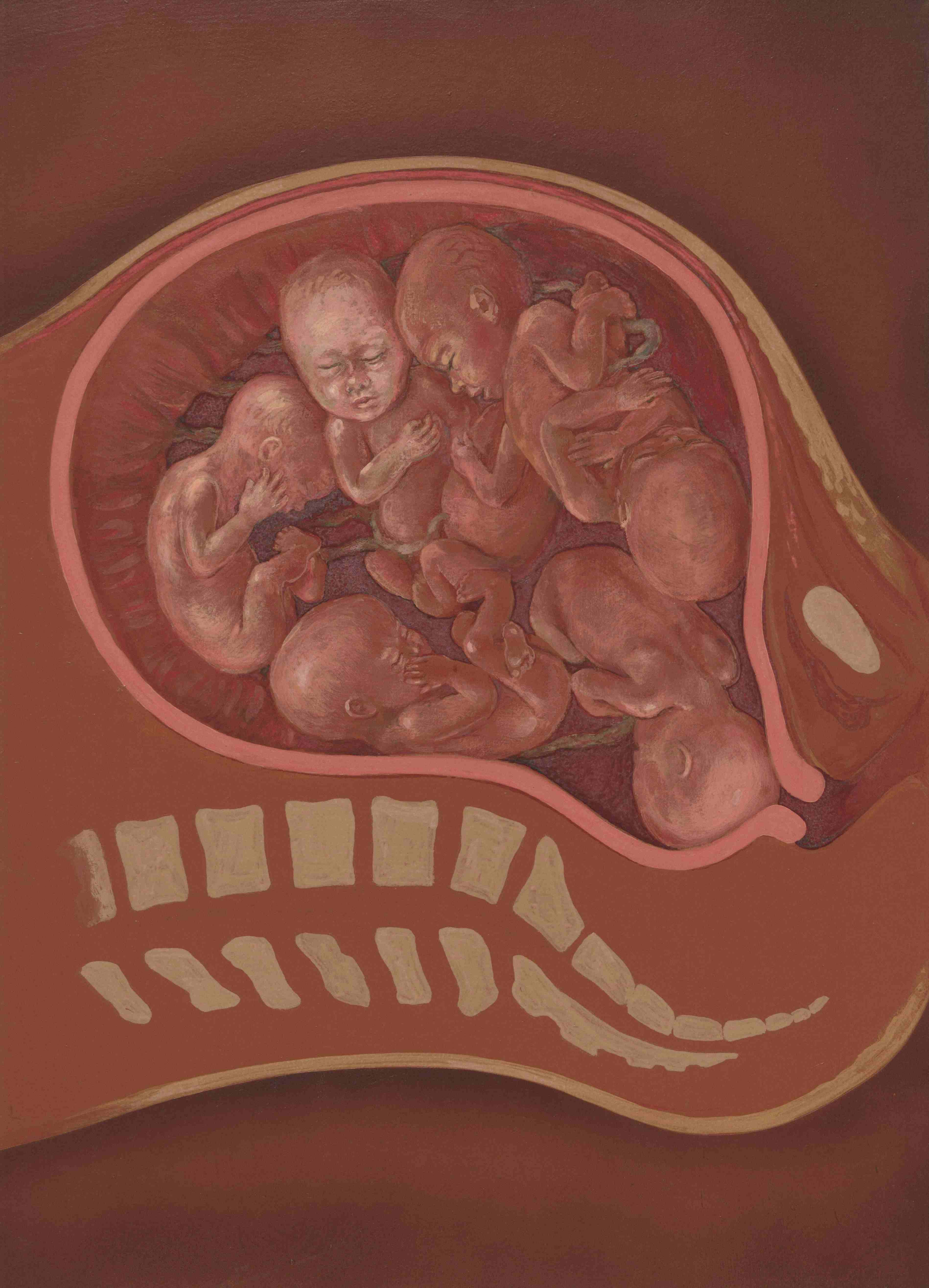
In the quiet of the womb, before consciousness flickers into being, a drama unfolds—a choreography as ancient as life itself. The human body, that vessel of thought and sensation, does not emerge all at once but is constructed cell by cell, gesture by gesture, through a symphony of biology and time. We think of birth as the beginning, but long before the first breath is drawn, the architecture of our being is set into motion. This is the story of how a human becomes.
Day 1: The Light Spark
It begins, improbably, with a meeting. An egg, released from an ovary, is met by a sperm, a single winner among millions. The moment of fertilization is —a spark of electrochemical energy that marks the creation of a zygote, a one-celled embryo containing all the DNA it will ever need. Here, hair color, eye color, and even some diseases are already encoded, waiting to be expressed.
In a study published in Scientific Reports, Northwestern researchers have discovered that when the human egg is activated by a sperm enzyme, an explosion of zinc sparks erupts. In other words, it creates a microscopic flash of light. The size of the eruption is directly related to the health of the egg and its ability to develop into a viable embryo.
Within hours, this single cell divides, and divides again. By the third day, it has become a 16-cell morula, and by the fifth, a blastocyst—a hollow ball of cells that will implant itself into the uterine wall. This implantation, which usually occurs between days 6 and 10, is the embryo’s first test of endurance. If it succeeds, a pregnancy has begun.
Week 2–3: Lines and Layers
Image Credit: Phys.org
By the end of the second week, the cells of the embryo begin to organize into distinct layers. One will become the nervous system and skin, another the muscles(which includes the heart) and the bones, and the third the gut and lungs. This is gastrulation, often described as the most important event in your life that you’ve never heard of.
Before the heart begins to beat, the embryo is only a couple of millimeters long, so oxygen and nutrients don’t need a circulatory system or heart to reach every cell — they can simply seep in from the outside, moving from areas of higher concentration to lower concentration.
Where does that oxygen come from? From the mother. Oxygen in the mother’s bloodstream crosses into the placenta, moves through the chorionic villi, and then diffuses directly into the embryo’s tissues. Because the embryo is so small, this slow, passive method is enough to fuel its earliest growth.
Meanwhile, clusters of cells called blood islands are forming. These will eventually become blood vessels and primitive blood cells, but at this point there is no true circulation — just little patches of developing “blood” waiting for a pump to set them in motion.
That pump is the heart. Around day 21, as the neural tube (the foundation of the brain and spinal cord) begins to close, the primitive heart tube also takes shape. By day 22, that heart begins to contract. At first, these contractions are gentle waves, but soon they become rhythmic beats capable of moving blood. This marks the shift from passive diffusion to active circulation — a critical leap that allows the rapidly growing embryo to distribute oxygen and nutrients by itself!
In this way, the very first heartbeat is not only a symbol of life, but also a turning point in development: the moment when oxygen delivery transitions from a quiet seepage to a coordinated, pulsing flow.
Image Credit: Britannica
Week 4–5: The Blueprint Emerges
Image Credit: The Global Library of Women’s Medicine
At just over a month, the embryo is roughly the size of a grain of rice. Yet even now, its outline is unmistakably vertebrate. Small limb buds emerge—precursors to arms and legs. Facial features begin to take form: the rudiments of eyes, ears, and a mouth. Inside, organ systems are being mapped out. The liver, lungs, and kidneys begin to differentiate, though they won’t function fully for months.
The embryo now resides in the amniotic sac, suspended in fluid, protected and nourished by the placenta. That organ, often underappreciated, serves as the lifeline between mother and fetus, supplying oxygen, removing waste, and even mediating immune function.
Week 6–8: From Embryo to Fetus
By the end of the eighth week, the transformation is profound. The embryo is now officially termed a fetus. Measuring about an inch in length, it already possesses all major organs in rudimentary form. The Head, fingers and toes are distinguishable, though webbed. Eyelids form. The face becomes increasingly human.
Brain activity begins around week 6, although not in the way we typically understand cognition. Electrical impulses travel through the developing neural network, and while there is no consciousness, the groundwork is being laid for it. Reflexes begin to emerge: the fetus may flinch from touch or curl into itself.
Week 9–12: Systems Log Online
During this time, growth accelerates. The fetus begins moving—though the mother won’t feel it yet. Bones begin to harden. The intestines, which initially develop outside the body due to lack of space, migrate inward. External genitalia become distinguishable, although many ultrasounds will not accurately detect sex until later.
By the end of the first trimester, the fetus is about 3 inches long and weighs roughly an ounce. It can swallow, make fists, and respond to stimuli. The risk of miscarriage, which is highest in the early weeks, decreases significantly after this point.
Second Trimester: The Age of Refinement
The second trimester, from week 13 to 26, is marked by refinement and complexity. Hair begins to grow. The skin, initially translucent, becomes more opaque as fat accumulates underneath. The fetal heartbeat can now be heard through a Doppler monitor, often to the joy and disbelief of expectant parents.
By week 20, the halfway mark, the fetus is around 10 inches long. Movements—now called “quickening”—can be felt. These are not just flutters but purposeful motions, part of the brain’s growing command of the musculoskeletal system.
At this stage, sensory development takes off. Taste buds function. The fetus can hear muffled sounds from outside the womb and may even respond to voices or music. The eyes, though still fused shut, begin to detect light.
Perhaps most critically, the lungs begin producing surfactant, a substance that will allow them to inflate after birth. Viability—the point at which a fetus could potentially survive outside the womb—is generally considered to begin around week 24, though outcomes vary widely.
Third Trimester: Final Preparations
Image Credit: Unsplash
The final trimester, from week 27 to birth, is a period of rapid growth and final calibration. The brain triples in weight, and its surface folds into the characteristic shape we know. Connections between neurons explode in number. Sleep cycles emerge, including periods of deep REM sleep—an amazing sign that dreaming may occur.
The fetus now practices breathing, sucking, and swallowing. The immune system, immature at birth, begins to develop its own antibodies, borrowing others from the mother through the placenta.
By week 37, the fetus is considered full-term. The body continues to pack on fat, which is essential for temperature regulation. The head, disproportionately large throughout development, now accounts for about a quarter of total body length—a reminder that the brain is the central project of fetal life.
Birth: The Threshold
And then, with contractions and pushing, the amniotic sac ruptures. The fetus is expelled through the birth canal and takes its first breath. In a moment that is both ordinary and sacred, a human being arrives.
The transition from womb to world is abrupt. The warmth, darkness, and fluid of gestation are replaced by cold, light, and air. The lungs, dormant for months, inflate. The umbilical cord is cut. Autonomy begins.
The Mystery of Formation
To study fetal development is to stand in awe of biology’s precision. But beyond the layers of skin and organ systems lies a deeper truth: that each of us carries within our cells a record of this journey. We are not merely born—we are made. The first 40 weeks of life are not a prelude but a foundational epic, a sequence of moments stitched together with such order and care that it borders on poetry.
In that hidden darkness, where no eye can see, a human becomes.
You may also like...
Arsenal Legend Thierry Henry to Receive Prestigious BBC Lifetime Achievement Award
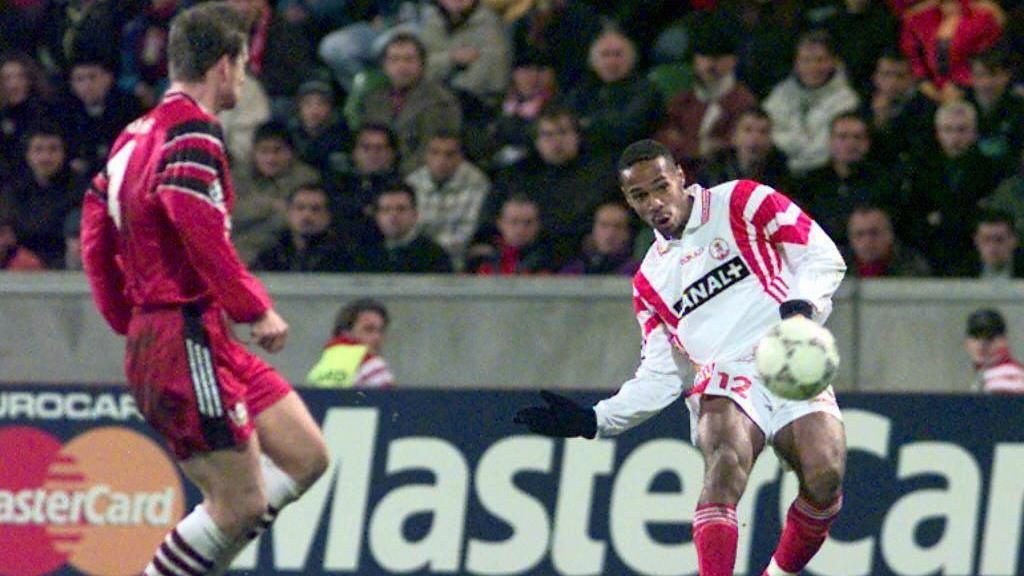
Former Arsenal and France football legend Thierry Henry will be honored with the Lifetime Achievement award at the 2025 ...
Maresca's Emotional Rollercoaster: Chelsea Boss Claims 'Happy' After 'Worst 48 Hours'

Chelsea boss Enzo Maresca has clarified his previous 'worst 48 hours' comments, now expressing happiness and a deeper co...
Fallout Season 2 Shatters Records, Outperforming HBO's Last of Us!

Fallout Season 2 has premiered on Prime Video to overwhelmingly positive critical and audience reception, scoring a near...
Winter Is Back! Kit Harington Hints at Massive Game of Thrones Comeback

Kit Harington has definitively shut down any possibility of reprising his role as Jon Snow, stating he doesn't want to g...
Love Blossoms: Anwuli & Kennedy's Instagram Romance Leads to #HappilyEverOffor!

Anwuli and Kennedy's love story, sparked by an Instagram connection, led to a beautiful Igbo traditional wedding. After ...
Teyana Taylor & Lucien Laviscount Light Up the 'Spirit Tunnel' with Epic Dance Moves!

The Jennifer Hudson Show features high-energy 'Spirit Tunnel' entrances, with Lucien Laviscount making a stylish walk an...
Kenya's Billion-Shilling Travel Bill: Austerity Pledge Broken?

The Kenyan government spent nearly Sh5 billion on travel in the first three months of FY 2025/26, raising concerns about...
Shehu Sani Urges Nigerians: Shun US Travel Ban, Build Nation

The United States has enacted new travel restrictions impacting Nigerian nationals, covering both immigrant and several ...

